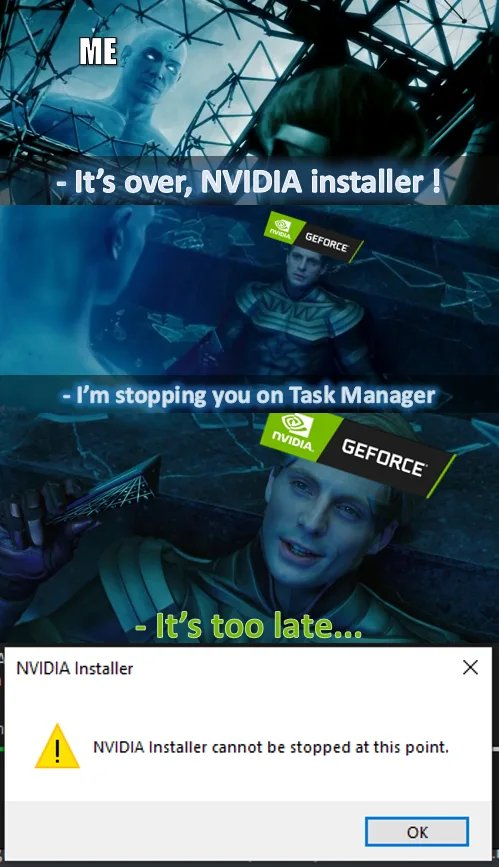I took a look at it. From what I understand, some of the lines in your setup are redundant. The final product seems to do basically the same job as mine. In any case, if it works, it works.
SexualPolytope
Are there really people who will buy a new mouse rather than charging it? How long does the charging take? Also, at that point, wouldn't they buy from any brand other than Apple?
Hey, great post. I have one request. Can you maybe add some description for what the iptables entries do? I have a similar setup with a lot less iptables rules that works well for me. But I'm not an expert in networking, and am now worried that I might be missing something that can leak my home IP.
They're just outsourcing their ethics.
There's propaganda, definitely. Also, there are people who simply don't care what they watch. They'll just open Netflix and watch whatever they see on the home screen. It's hard for them to understand why I might wanna watch some Iranian movie from the 80s.
At that point, you're just paying for training Microsoft's AI.
If smart people thought like this, we won't have cryptography.
I know about Jellyseerr, but I find it not worth it since there are very few people that send me requests. Messaging apps are enough for that.
I also teach college students lol. People can't even figure out how to upload assignments from their phone. Had a student tell me that she broke her laptop, so can't submit an assignment even though it was already written. She was gonna scan it from her phone, airdrop to her laptop, and then upload the files to Canvas. I tried to explain that she can do it on the mobile app for Canvas instead. I eventually had to give up and asked her to drop it at my office. It literally felt like explaining stuff to my ma.
I think the gap stems from need. Most people only learn what they absolutely need to. My sister and I are just 3 years apart in age. Yet I am pretty familiar with tech, while she knows next to nothing. I was always there to fix whatever broke. Even now she knows that if she needs to watch something, she can just ask me to add it to my Jellyfin server. I often have to remote into her system to fix stuff.
The Gen Z we're talking about here mostly grew up using phones, and phone OSes do their best to hide any complexity away from the user. So they never learnt anything. I'm also technically Gen Z (very early), but growing up in rural India, I had to teach myself how to pirate since streaming wasn't a thing yet (our internet was too slow for that anyway), and the local theater didn't play anything except local mainstream cinema.
I'd say that mpv also has a place near VLC when it comes to playing everything.




Nice try, FBI.